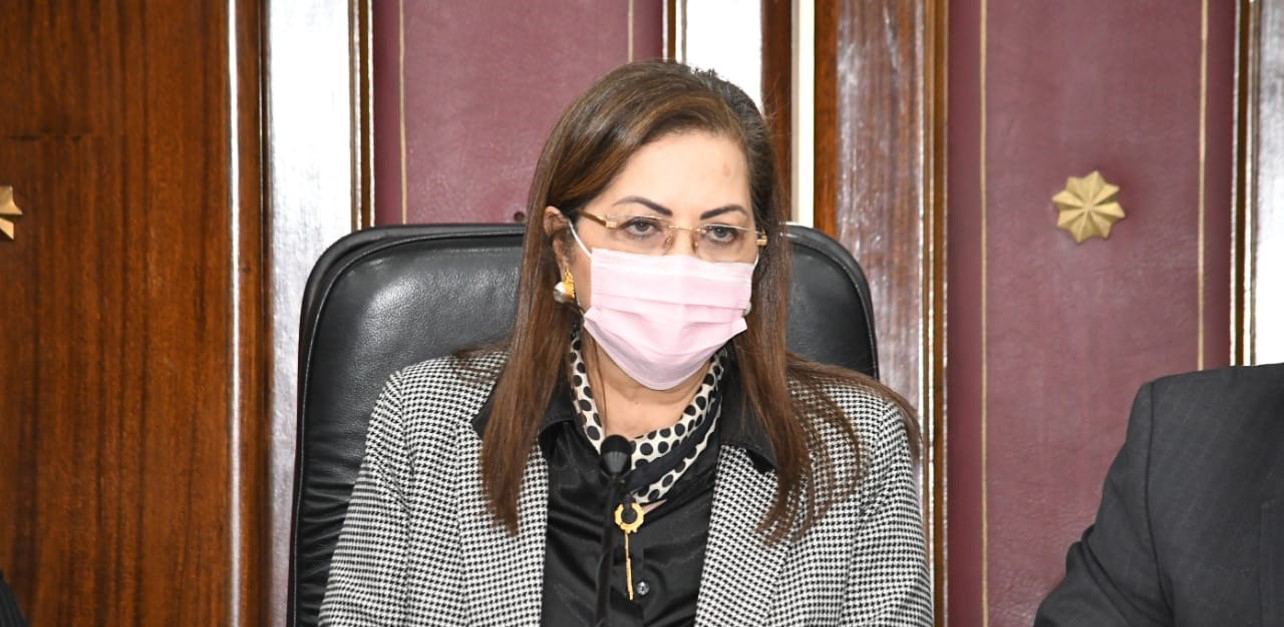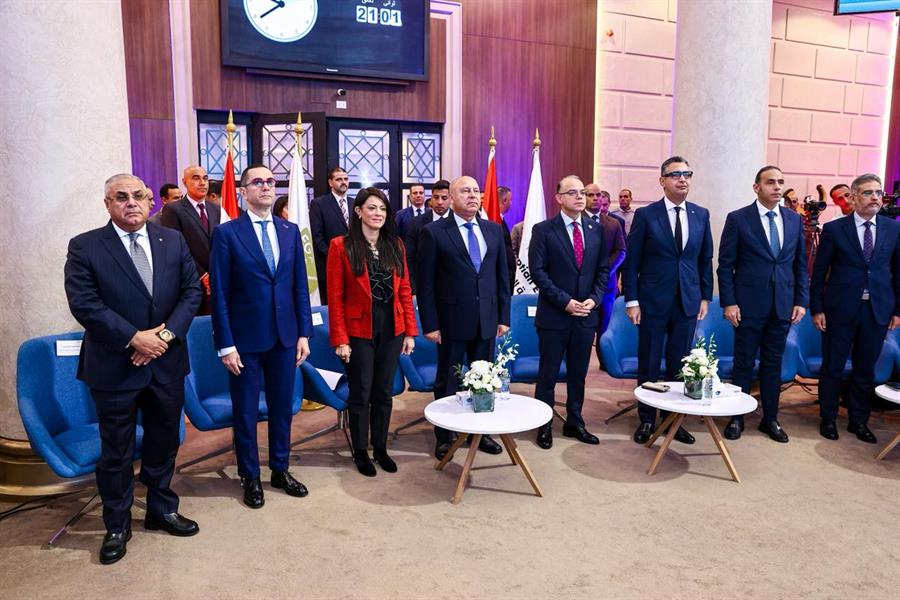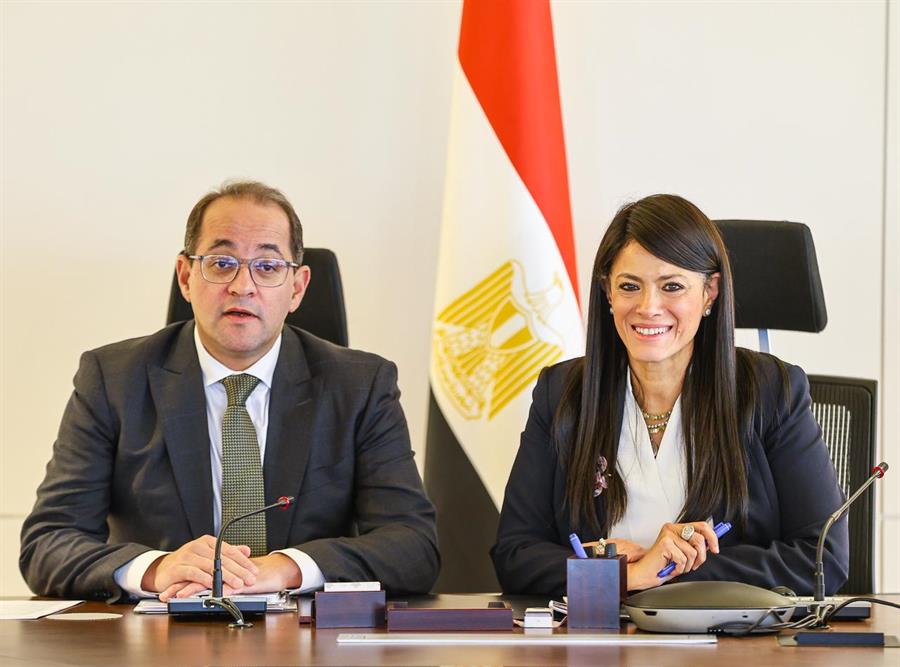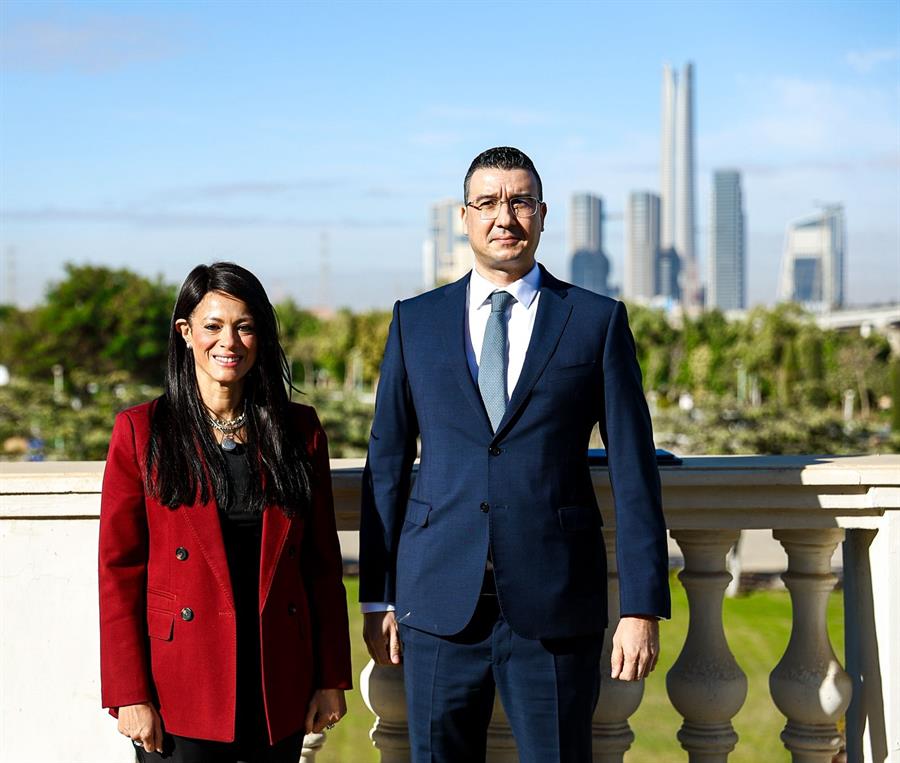The "Decent Life" initiative is a unique project that will change the life of the Egyptian countryside: Planning Minister

09 February 2021
Dr. Hala El-Said, Minister of Planning and Economic Development explained during her response to the questions of the MPs at the Plan and Budget Committee meeting held on Tuesday that the Ministry of Planning was presenting reports on the office follow-up to implement the investment plan.According to the recommendations of the committee, last year, the Ministry started field follow-up on the ground to follow up the project implementation phase accurately.About the presidential initiative "A Decent Life", El-Said said that it is an unprecedented development project in the world that will change life in the Egyptian countryside. El-Said noted that the initiative started in two phases, and at the end of this year it will reach 357 villages.“The initiative targets 4,500 villages over three years, with investments amounting to more than EGP 500 billion, explaining that the investments of the first year exceed EGP 150 billion,” El-Said said.El-Said emphasized the efforts of all state agencies to accelerate the implementation of these projects in 3 years.El-Said pointed out that seven new centers have been entered in Assiut Governorate in the second phase of the “Decent Life” Initiative.El-Said explained that there is a committee headed by the Prime Minister that is following up the implementation of the criteria for selecting the villages that are included in the initiative.
El-Said emphasized that this project will make a qualitative leap in the life of Egypt.El-Said referred to the role of the Committee for Regulating and Limiting Foreign Borrowing since 2019, which is chaired by the Prime Minister, through which external borrowing is controlled within the limits of what is required to carry out projects related to technology and localization sectors.
On the Upper Egypt development project, El-Said asserted that the state finances more than 50% of the project’s cost and reviews its implementation phases, noting that the number of projects in Sohag Governorate is 2,294, and there are 1,133 projects in Qena Governorate.El-Said pointed out that the cost of drinking water projects reaches about EGP 207 billion, representing 22% of the projects, and industrial development projects reach 56 projects for EGP 3.6 billion.El-Said added that the Ministry of Planning is responsible for the Economic Development Committee to mainly follow up the projects of economic blocs.About The Sovereign Fund of Egypt (TSFE) and untapped assets, El-Said explained that those assets are counted according to the data obtained from the governorates.
“All governorates have completed counting their untapped assets, and there is a committee that tracks these assets on the ground,” El-Said explained.
El-Said pointed out that TSFE was able to carry out a wide range of important partnerships, whether in heavy industries or investment programs.El-Said added that the Ministry of Planning discusses the investment plan with all ministries, noting that priority is given to every project that is nearing completion, and the ministries have the right to make 25% transfers between projects.
El-Said pointed to the Governorates Competitiveness Index, and the Ministry has been working on it for a year with a group of experts. It is a complex scientific indicator that will be considered in international institutions and will contribute significantly to following up the impact of development plans in each governorate.Regarding agricultural allocations, El-Said emphasized that they are not small and reach EGP 95 billion.
The public treasury provides EGP 8 billion, and national projects provide EGP 20 billion. The cost of the greenhouse project alone is EGP 20 billion, in addition to the cost of fish wealth projects.
On the development of slums, El-Said added that in two years, 159 unsafe areas and 1,390 random markets were developed, stressing that the state needs batches of public investment.
On the National Investment Bank and the dismantling of entanglements, El-Said pointed out that there has been a completion of EGP 110 billion to settle debts, and there is a plan that includes the size of debts.
About health offices, El-Said pointed to the development of all 4,700 health offices across Egypt to record births and deaths in real-time, and to issue all indicators of births and deaths.
In this context, the Ministry has linked the system and made the data of births and deaths available in real-time to the benefiting government agencies, including the Ministry of Social Solidarity (the government sector workers fund / the public and private sector workers fund / social security / Takaful and Karama / Nasser Social Bank), the health insurance database, and a database The Egyptian Post, the Education Database, the Commercial Registry Database, and the Central Agency for Public Mobilization and Statistics.El-Said pointed to the Governorates Competitiveness Index, and the Ministry has been working on it for a year with a group of experts.
“It is a complex scientific indicator that will be considered in international institutions and will contribute significantly to following up the impact of development plans in each governorate,” El-Said said.
El-Said added that there is a three-year plan to reduce the density of classes in the governorates. Indeed, the density has decreased in some governorates, and 1123 classes have been established within two years.









